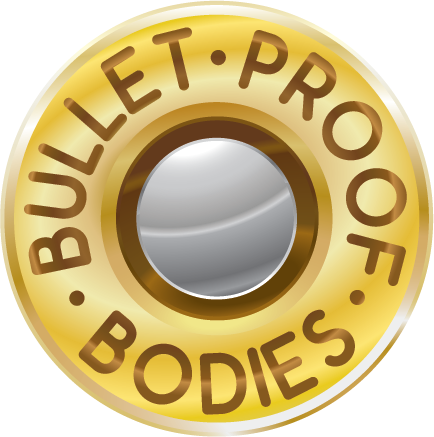The group of muscles collectively know as the rotator cuff are vital to shoulder function. Problems with any of these muscles can cause pain and dysfunction in the shoulder. But what exactly is the “rotator cuff” and what does it do? More importantly, what is the best way to keep it strong and pain-free? These are the questions that this article will address.
Rotator Cuff Anatomy
Let’s briefly review the anatomy of the four rotator cuff muscles:
Supraspinatus. This muscle originates from the top of the shoulder blade and inserts into the back of the shoulder bone. It is classified as an abductor of the shoulder, that means it helps raise your arm to the side.
Infraspinatus. This muscle originates from the back of your shoulder blade to the back of your shoulder bone. It is the second largest rotator cuff muscle and is classified as an external rotator of the shoulder.
Teres Minor. This muscle originates from the back of the shoulder blade and inserts on the back of the shoulder bone. It is classified as an external rotator of the shoulder.
Subscapularis. This muscle originates from the front of the shoulder blade and inserts on the front of the shoulder bone. It is the largest rotator cuff muscle and is classified as an internal rotator of the shoulder.
An easy way to remember the name of the muscles is the acronym SITS:
Supraspinatus, Infraspinatus, Teres minor, and Subscapularis.
True Function of the Rotator Cuff
Although these muscles are classified as external rotators, an internal rotators, and an abductor, this is only true from a purely kinesiological perspective. In other words, this is how the muscles work in isolation but not in functional movements such as throwing a baseball or reaching for an object off a high shelf.
The functional role of the cuff is to provide dynamic stability to the shoulder during movement. This is accomplished by all four muscles pulling the head of the humerus into the shoulder socket whenever you move your arm. Shoulder impingement and rotator cuff tears can result if theses muscles aren’t working properly or if you have bad mechanics at the shoulder joint.
Shoulder Impingement and Rotator Cuff Tears
I’ve got some interesting news for you: you may have or be on your way to having shoulder problems and not even know it. In a study by Sher et al., MRIs were taken of 96 asymptomatic (without pain) adults and it was found that 34% of them had rotator cuff tears with 54% of them found in adults over 60 (participant’s ages were from 19 to over 60 years old).
There are most likely many reasons for this. One important reason is there is a part of the cuff that has no blood supply. Research shows that this area gets larger as we get older and is a normal part of aging. However, this makes injury more likely and decreases your chances for healing.
This means that if you start having rotator cuff symptoms, you might be on your way to tearing your cuff. Problems with the cuff problems are usually progressive. The progression is as follows:
Irritation–>Inflammation–>Fraying–>Tearing
Here’s the solution: start using rotator cuff exercises in your program. Getting stronger and building endurance is the key here. The stronger you are, the less strength you are using during any activity.
Rotator Cuff Exercises
So you know you should be training your cuff muscles whether you’re injured or not, but what is the best exercises to start with? Research on 7 different exercises determined that side-lying external rotations was the most effective exercise and external rotations at 90 degrees of shoulder abduction was the second most effective exercise. I recommend that you start with side-lying external rotations. You can eventually progress to external rotations at 90 degrees this exercise is technically more difficult and may cause problems with shoulders with poor mechanics.
–To perform side-lying external rotations, lay on your side with good alignment of your spine. Keep your arm at your side with your elbow bent to 90 degrees while holding a dumbbell. Slowly rotate your away from your body then slowly lower it back to the starting position.
Here’s what I recommend for a beginning strengthening program:
1-2 sets of 10-15 repetitions before upper body exercise.
1-2 sets of 10-15 repetitions 4 times per week.
Keep in mind that if you use too much weight, you’re not working the right muscles and if you overwork your rotator cuff, you cause these muscles to get too tired and they can’t do their job!
Ted Ryce is a Miami Beach Personal Trainer who specializes in corrective exercise and post rehabilitation.
Visit my website for more information on Exercises for Injuries and Personal Training In Miami Beach.
Article Source: https://EzineArticles.com/expert/Ted_Ryce/1151516
Article Source: http://EzineArticles.com/6468538
Video: https://www.youtube.com/user/CrossFitForGlory

